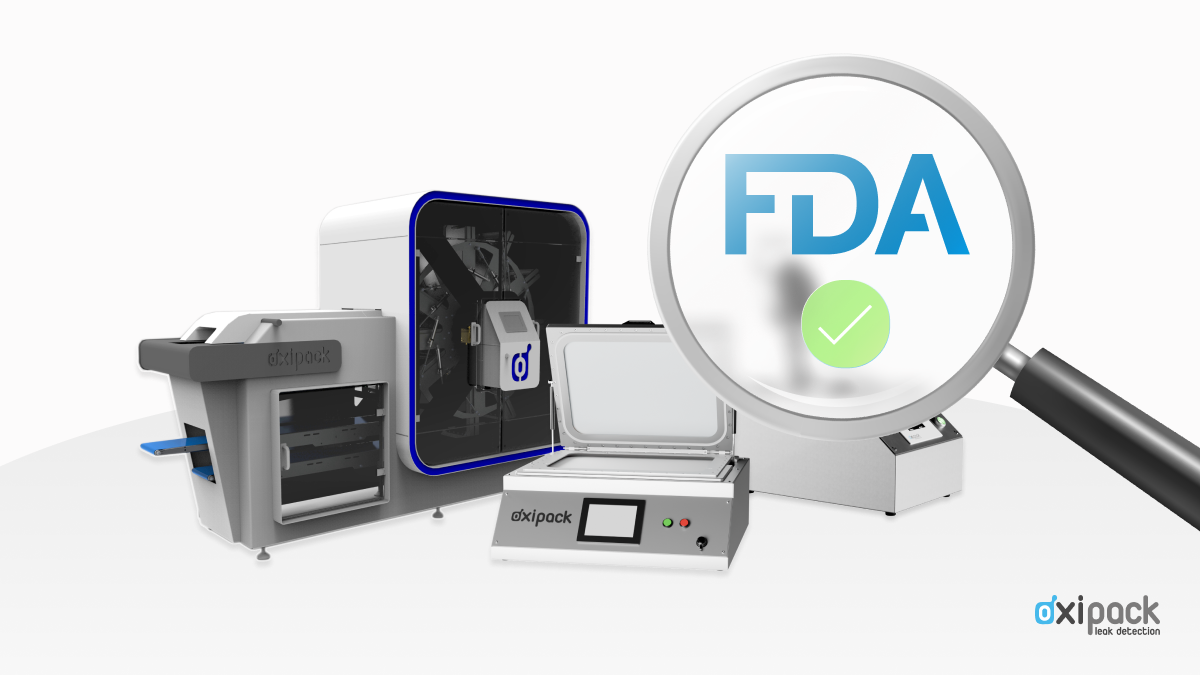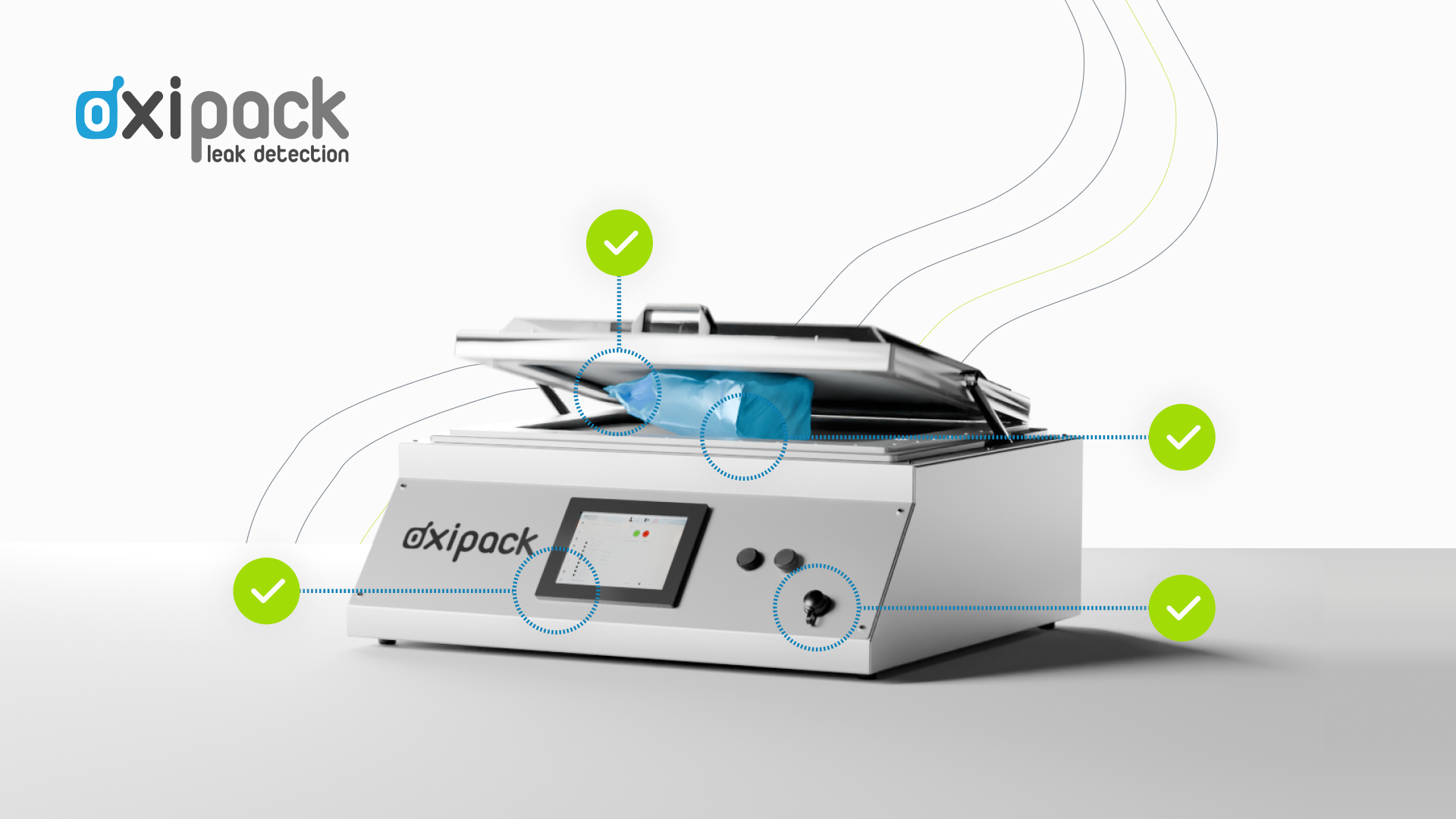With the increasing demand for extended shelf life of food products, Modified Atmosphere Packaging (MAP) has gained significant popularity. Recent studies show that over 70% of the global food industry utilizes MAP to maintain product freshness and reduce waste. However, ensuring the effectiveness of this technique hinges on reliable Modified Atmosphere Packaging leak detection.

What is MAP?
Modified Atmosphere Packaging (MAP) is a technique used to extend the shelf life of perishable food products by altering the composition of gases within the packaging environment. By replacing the normal air inside a package with a controlled gas mixture, MAP helps maintain the quality and freshness of the product.
Key Gases Used in MAP
The typical gases used in MAP include carbon dioxide (CO2), nitrogen (N2), and oxygen (O2). The specific gas composition depends on the type of product being packaged. For instance:
- Meat and Poultry: Higher levels of CO2 inhibit bacterial growth.
- Fruits and Vegetables: Lower levels of CO2 and higher levels of O2 prevent anaerobic respiration.
Types of Modified Atmosphere Packaging
MAP can be implemented using various types of packaging formats to suit different food products. Some common examples include:
- Pouches: Flexible pouches made of laminated or barrier films, ideal for products like grated cheese and minced meat.
- Trays and Containers: Rigid trays and containers, often sealed with a film or lid, used for products like minced meat and chicken.
- Cans: Metal cans, providing an extended shelf life for products like fruits, vegetables, and seafood.
- Bottles and Jars: Glass or plastic bottles and jars, used for sauces, condiments, and beverages.
The Importance of Modified Atmosphere Leak Detection
Maintaining the integrity of MAP packaging is crucial for several reasons:
Preserve Product Quality
MAP relies on a specific gas composition to preserve food quality. Leaks can disrupt this balance, leading to compromised taste, texture, and appearance.
Ensure Product Safety
Leaks can allow external contaminants, such as bacteria or pathogens, to enter the packaging, posing health risks. Effective leak detection prevents contamination, safeguarding consumer health.
Extend Shelf Life
MAP aims to extend the shelf life of perishable foods. Leaks can accelerate spoilage by allowing oxygen or other gases to enter, causing microbial growth and product deterioration.
Cost Efficiency
Leaks can result in financial losses due to product recalls and customer complaints. Early detection allows for timely intervention, reducing the risk of financial repercussions and ensuring effective use of resources.
Reduce Food Waste
Maintaining packaging integrity significantly extends product shelf life, reducing food waste. Detecting leaks early allows for corrective actions, minimizing spoilage and unnecessary waste.
Non-Destructive Modified Atmosphere Packaging Leak Detection
At Oxipack, we specialize in non-destructive leak detection solutions for MAP, specifically using the vacuum decay method. Non-destructive leak detection maintains product integrity, is cost-effective, reduces waste, and ensures efficient quality control.
Ensuring the integrity of MAP packaging is vital for extending shelf life, preserving product quality, and reducing waste. Oxipack's non-destructive vacuum decay method offers a reliable solution for MAP leak detection, balancing efficiency and cost-effectiveness.
Would you like to learn more about the solutions we offer for your MAP packaging? Please contact us for further information.



